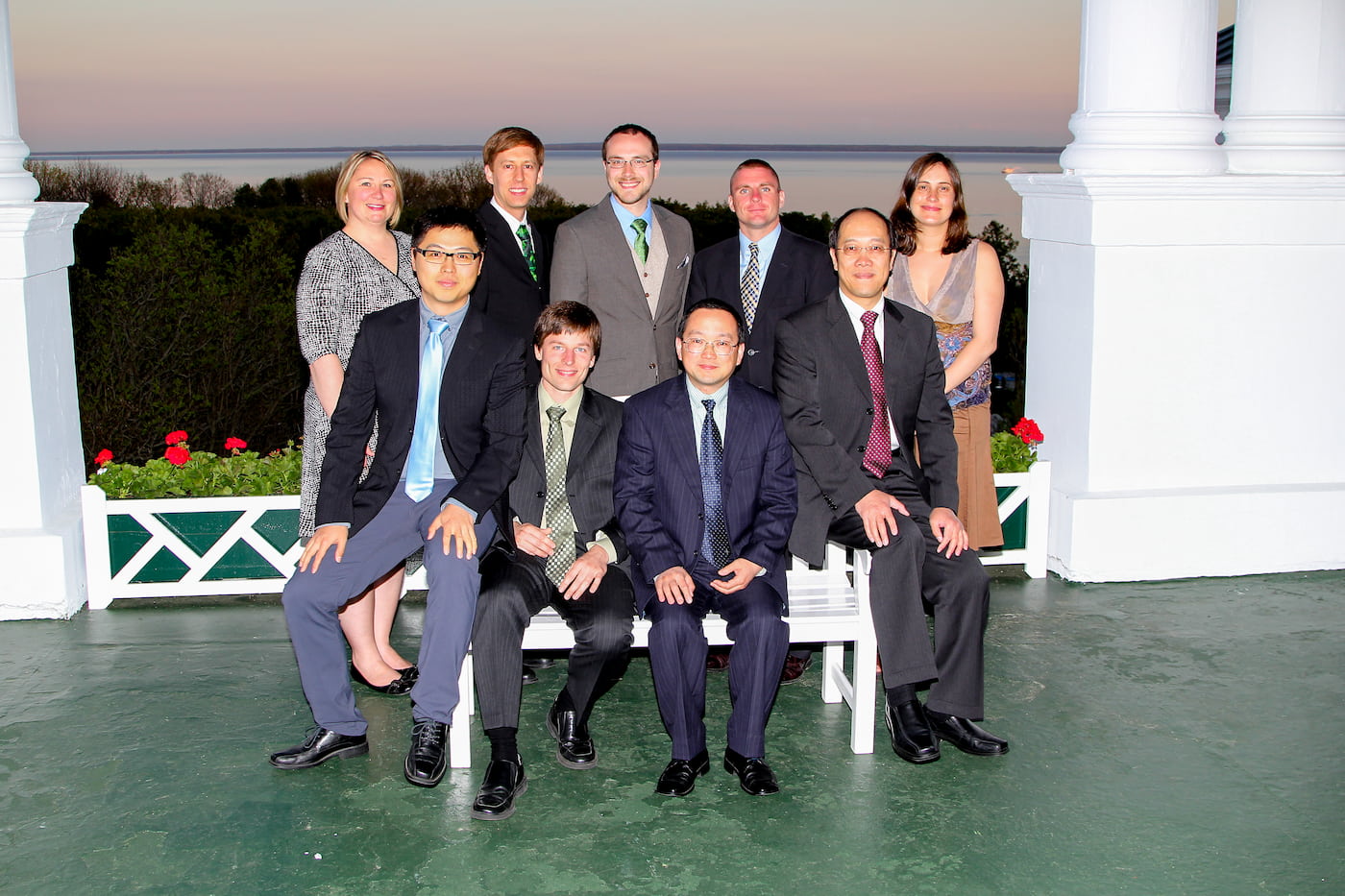
IAEA using tech developed by NERS professor and alum
The technology will be used for the verification of un-irradiated nuclear material.

The technology will be used for the verification of un-irradiated nuclear material.
H3D, founded by NERS Professor Zhong He and three former students, has begun manufacturing gamma spectrometers for the International Atomic Energy Agency (IAEA). Co-founders of H3D include alumni of our graduate program Dr. Willy Kaye, Dr. Feng Zhang, and Dr. Weiyi Wang, who all studied under He while at NERS. The agency will use H3D’s M400 high-resolution gamma-ray spectrometer to characterize special nuclear materials. IAEA has officially approved the Mcat-based CZT module (MCCM), which is M400 + PC running the Mcat SW, for inspection use by IAEA nuclear inspectors.
H3D designed the M400 3-D CZT detectors to be an identification and quantification solution that is highly portable and meant to be integrated into custom projects. It can even be mounted onto a drone. You can learn more about the use of M400 modules in safeguards here.
The technology used to build H3D’s imaging spectrometers is based on over two decades of groundbreaking research done at NERS. He, Kaye, Wang, and Zhang formed H3D in 2011 to commercialize this technology. They operate in Ann Arbor, Michigan, and have 17 full-time employees who studied at the University of Michigan, 14 of which were NERS graduates. Of those 14, 12 earned PhDs, including Steven Brown and David Goodman, who were recently highlighted for their quantitative gamma imager.
Professor He earned his undergraduate degree from Tsinghua University and his PhD from Southampton University. He joined NERS as a post-doctoral research fellow in 1994 and was a full professor by 2008. The foundation of all H3D technology is the 3D-readout technique for semiconductor gamma-ray detectors, which was invented by He.
Kaye earned his undergraduate degree from Oregon State University and his PhD from NERS. He is an expert in CZT calibration and performance. At H3D, Willy focuses on contract management, product design, and user-interface development.
Zhang earned his undergraduate degree from Tsinghua University and his PhD from the NERS. He works on the data acquisition hardware and software for H3D detectors, with a proven record of achieving the best energy resolution in large-volume CdZnTe detectors at room temperature.
Wieyi earned his undergraduate degree from Peking University and his PhD from NERS. He has worked on Compton imaging using CZT since 2005. Weiyi’s work at H3D focuses on radiation image formation and customer relations.